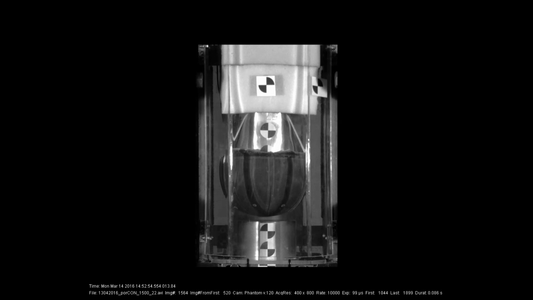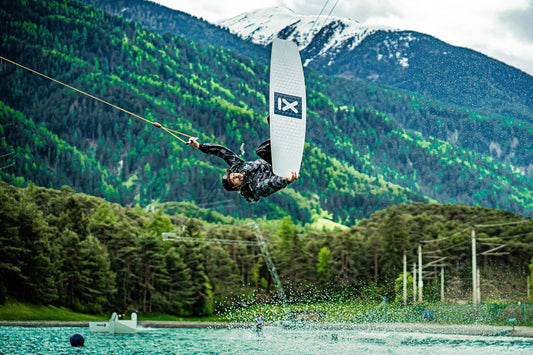Water sports like surfing, wakeboarding, kitesurfing, kayaking, and foiling require helmets to protect against potential high-impact collisions with water, equipment, or underwater obstacles. However, not all helmets on the market meet the rigorous safety requirements needed for these environments. This is where the CE EN 1385 certification comes in, a European safety standard for water sports helmets that assures athletes of reliable head protection. Importantly, BangProof helmets are the world’s first flexible helmets to meet this demanding certification—a significant achievement in water sports safety.

What is CE EN 1385?
CE EN 1385 is a European safety certification established specifically for water sports helmets, ensuring they can withstand both impact and immersion. The certification process tests the helmet’s structural integrity, retention system, buoyancy, and impact resistance, which are all essential features for helmets used in water sports. Helmets that meet CE EN 1385 must demonstrate:
- High-Impact Absorption: Helmets should absorb and distribute the force of impacts, lessening the effect on the wearer’s head when hitting the water or obstacles.
- Secure Fit and Retention: The helmet must stay securely in place, even during falls and high-speed maneuvers, which reduces the risk of the helmet slipping or being dislodged.
- Buoyancy: Helmets need to be buoyant enough to float, so they can be easily retrieved if removed in the water.

The Importance of Certification
Certification is more than a stamp of approval—it’s a guarantee of safety. Helmets without CE EN 1385 certification may not offer adequate protection in real-world conditions, leaving wearers vulnerable to severe injuries. Non-certified helmets might fail to properly absorb high-impact forces, potentially causing or exacerbating head trauma. Additionally, helmets that lack sufficient buoyancy might sink in water, posing a retrieval risk if they come off during an accident.
Flexible helmets are popular in water sports for comfort and adaptability, but none of them meet CE EN 1385 certification standards. BangProof helmets are an exception, combining a flexible, comfortable fit with the robust impact protection of CE EN 1385. They utilize advanced materials like Diolen and Kevlar composites, which remain flexible at rest but harden upon impact, effectively meeting and exceeding the safety requirements set by CE EN 1385.
How BangProof Helmets Address the Risks
BangProof has engineered its helmets to provide both comfort and certified safety. While other flexible helmets may prioritize comfort over protection, BangProof’s CE EN 1385 certification ensures each helmet has undergone strict impact, buoyancy, and retention tests. This makes BangProof helmets safer than uncertified alternatives, especially in high-impact water sports environments where the risk of collision or fall is high.
BangProof helmets are also approved by the International Kiteboarding Organization (IKO), underscoring their reputation and reliability in kitesurfing, where impacts from high speeds and aerial maneuvers are common. BangProof helmets offer a secure, snug fit that won’t shift or dislodge during activity, which is vital for both beginners and professionals.
Key Takeaways
For any water sports enthusiast, choosing a helmet that meets CE EN 1385 standards is crucial. Certified helmets like those from BangProof provide the peace of mind that they have been rigorously tested for safety, and they stand out by delivering the comfort of a flexible design without compromising on safety. For athletes engaged in high-impact sports like surfing, wakeboarding, and kitesurfing, a CE EN 1385-certified helmet ensures maximum protection, comfort, and durability—keeping you safe and focused on the adventure ahead.
TAGS:




